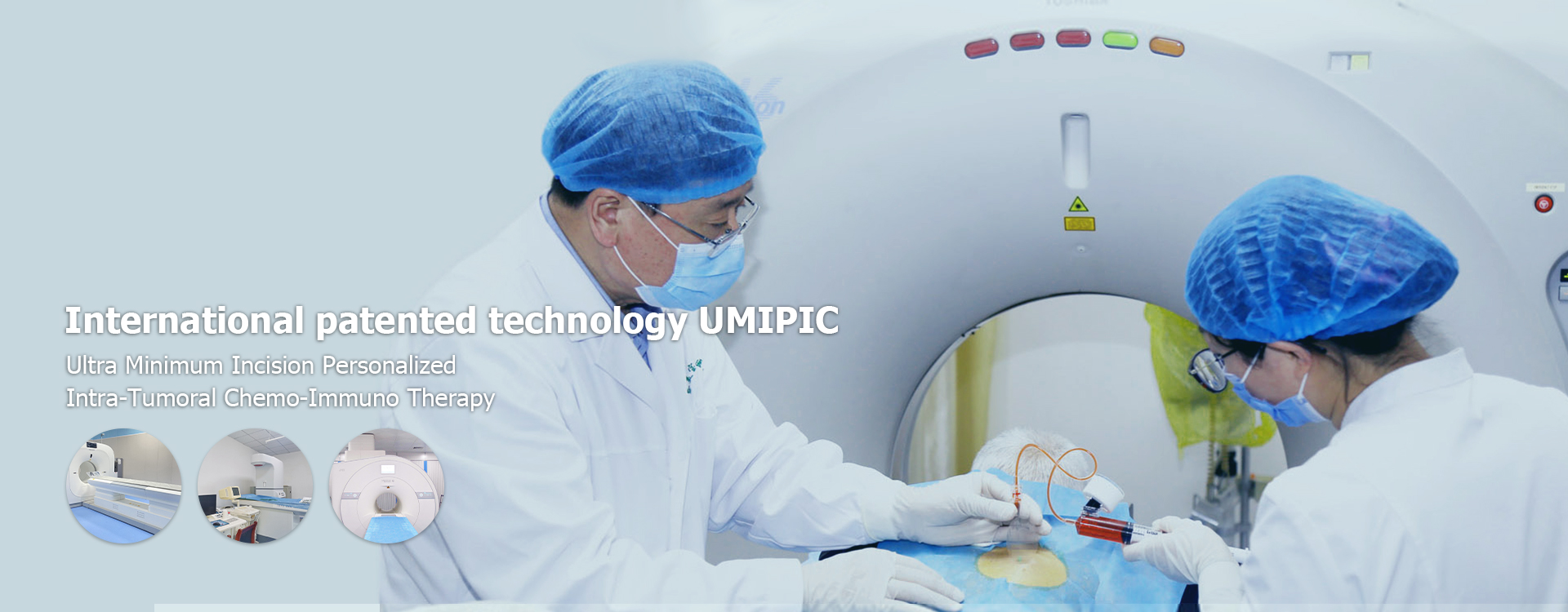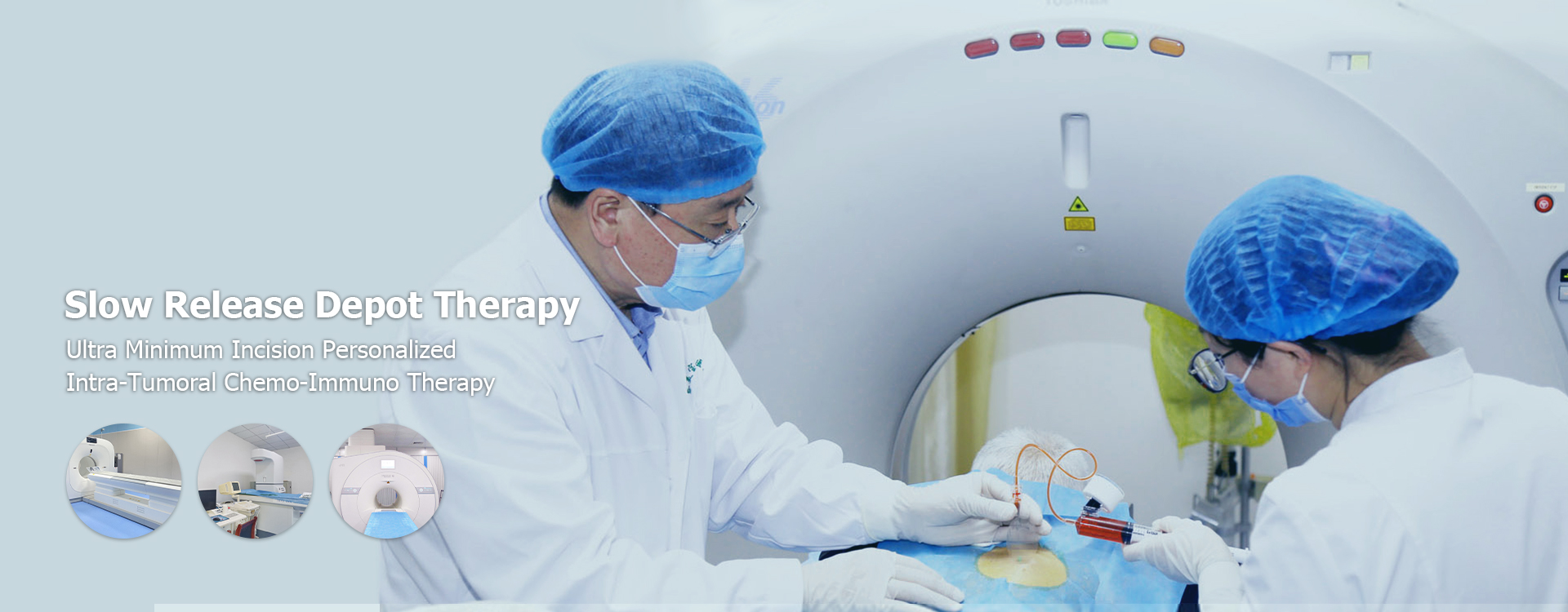
treatment Sustained Release Drug Delivery Therapy Hospitals
Treatment with Sustained Release Drug Delivery Therapy in Hospitals
This article explores the expanding role ofsustained release drug delivery therapyin hospitals, examining its benefits, challenges, and future implications. We delve into various aspects of this innovative approach, including specific applications, patient populations, and the ongoing research shaping its development. Learn about different types ofsustained release drug delivery systemsand how hospitals are integrating this technology into their treatment protocols.
Understanding Sustained Release Drug Delivery Therapy
What is Sustained Release Drug Delivery?
Sustained release drug delivery therapyrefers to pharmaceutical formulations designed to release medication gradually over an extended period. This contrasts with immediate-release formulations, which deliver the entire drug dose at once. This controlled release offers several advantages, particularly in managing chronic conditions requiring consistent medication levels. Examples include implants, patches, and modified-release tablets or capsules.
Benefits of Sustained Release Drug Delivery in Hospitals
Hospitals benefit from usingsustained release drug delivery systemsin numerous ways. Improved patient compliance is a key advantage; fewer doses mean reduced burden for patients, leading to better adherence to treatment regimens. Reduced frequency of administration also minimizes nursing workload and streamlines hospital workflows. Furthermore, maintaining consistent drug levels can enhance therapeutic efficacy and minimize adverse effects associated with fluctuating drug concentrations.
Types of Sustained Release Drug Delivery Systems
A variety ofsustained release drug delivery therapysystems exist, each with its unique characteristics and applications. These include:
- Implants:These surgically implanted devices release medication continuously over months or even years. They are commonly used for long-term hormone replacement or pain management.
- Transdermal Patches:These adhesive patches deliver drugs through the skin, providing sustained release over several days or weeks. They are frequently used for pain relief, hormone therapy, and nicotine cessation.
- Modified-Release Tablets and Capsules:These oral formulations use various technologies (e.g., osmotic pumps, matrix systems) to control the release rate of the drug. They are widely used for conditions requiring consistent medication, such as hypertension and diabetes.
Applications of Sustained Release Drug Delivery in Hospitals
Cancer Treatment
Sustained release drug delivery therapyplays a vital role in oncology. For instance, implantable pumps can deliver chemotherapy drugs directly to the tumor site, maximizing efficacy while minimizing systemic side effects. Research is continually advancing in targeted drug delivery within cancer treatment protocols. Hospitals specializing in cancer care, like theShandong Baofa Cancer Research Institute, are at the forefront of this progress.
Pain Management
Chronic pain management often benefits fromsustained release drug delivery therapy. Implants and extended-release opioids provide continuous pain relief, improving patients' quality of life. Hospitals are increasingly incorporating these technologies into their comprehensive pain management programs.
Other Applications
Beyond cancer and pain management,sustained release drug delivery therapyfinds applications in various other therapeutic areas within the hospital setting, including cardiovascular disease, diabetes, and mental health. The development of novel drug delivery systems continues to broaden its clinical utility.
Challenges and Future Directions
Challenges
Despite its advantages,sustained release drug delivery therapyfaces challenges. The initial cost of some systems can be high. Moreover, individual patient variability in drug metabolism and absorption can influence the effectiveness and safety of these therapies. Careful monitoring and dose adjustments may be necessary.
Future Directions
Ongoing research focuses on enhancing the precision and efficacy ofsustained release drug delivery systems. Nanotechnology and other advanced technologies offer exciting possibilities for targeted drug delivery and personalized medicine. This will allow hospitals to offer even more effective and tailored treatments.
Conclusion
Sustained release drug delivery therapyrepresents a significant advancement in hospital treatment approaches. Its ability to improve patient compliance, enhance therapeutic efficacy, and reduce adverse effects is transforming healthcare. Continued innovation in this field promises even more effective and personalized treatments in the future.
Relatedproducts
Related products
Best sellingproducts
Best selling products-
 PAT, rectal cancer patient from the United States
PAT, rectal cancer patient from the United States -
 Andress, a 9-year-old boy from the United States
Andress, a 9-year-old boy from the United States -
 Anthony, lymphocytic cancer patient from the United States 24
Anthony, lymphocytic cancer patient from the United States 24 -
 Nell Smith, a throat cancer patient from Switzerland
Nell Smith, a throat cancer patient from Switzerland -
 Famous American female painter Muriel
Famous American female painter Muriel -
 Mark, a prostate cancer bone metastasis patient from the United States
Mark, a prostate cancer bone metastasis patient from the United States
Relatedsearch
Related search- treatment cancer in liver near me
- top 10 lung cancer treatment centers cost
- prostate cancer treatment success rate cost
- treatment pancreatitis cost
- Cheap stage 2 prostate cancer treatments
- China hifu prostate cancer treatment near me near me
- treatment asbestos lung cancer treatment
- liver cancer cause near me
- China late stage lung cancer treatment near me
- Cheap renal cell carcinoma pathology outlines Hospitals





